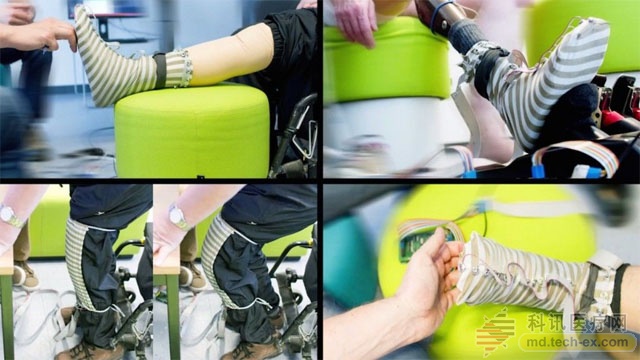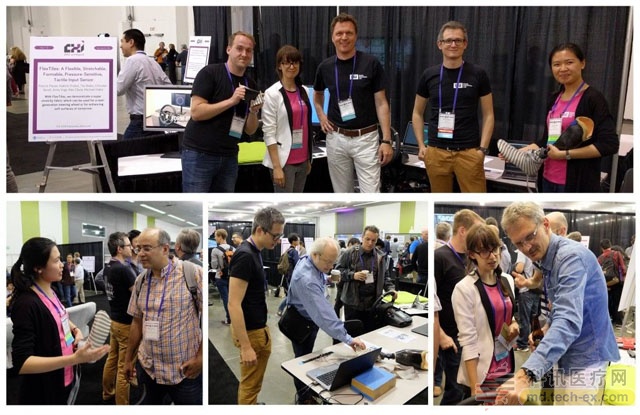Release date: 2016-11-07
With 3D printed buildings, new materials and embedded sensors replacing the unadorned wood and plastics of the past, the spring of prosthetics is coming soon. But even in the future, these prostheses will not be evenly distributed to each demander. To compensate for those who can't afford or buy new prosthetics, Austrian researchers have put forward the idea of ​​installing sensors on clothing to make clumsy prosthetics flexible.
Linz University of Applied Sciences presented their research on proCover to the UIST meeting of the American Computer Society. At the meeting, this was considered one of the best papers.
The paper's introduction reads: “Designing and building prosthetics that mimic natural touch has attracted more and more people's interest. Although there are many exciting inventions in the field, these inventions are far from most people. It is not possible. Therefore, we hope to introduce a low-cost, inductive smart device that can be applied to the common prostheses that have been purchased to make up for this gap."

Their solution is based on the fact that many prosthetic users wear socks as well as ordinary people. So why not use smart fabrics to make these socks? They did do the same. They sandwich the conductive fabric layer between the piezoresistive layers to form a pressure sensitive mesh covering the entire foot and ankle.
Accordingly, the pressure sensitive mesh is connected to the ring of the vibration motor, and the user can wear it wherever he feels convenient. Some motors vibrate at different frequencies when pressure occurs in a particular part of the foot.

When used to sense pressure and position, the product is very flexible (in many ways) and at a low cost. And, its non-invasive feedback mechanism means it doesn't require surgery.
Several amputees participated in the initial prototype test and the results showed that the device was effective. Participants also provided useful and useful feedback to inform researchers that they needed to improve the customization of their products. Fortunately, it is very easy to adjust the position and intensity of the feedback information, as well as to change the motor, such as increasing the pressure and increasing the motor.
The team is then preparing to further reduce the complexity of the socks and develop smart gloves that can be worn on the prosthetic hand to make the prosthetic hand feelable.
Source: Hunting Cloud Network
Dental Equipment & Supplies,Dental Equipment,Dental Supplies,High Speed Handpiece Gd-H501,Dental X-Ray Unit
NOUVASANT GROUP LTD. , https://www.nouvasant.com